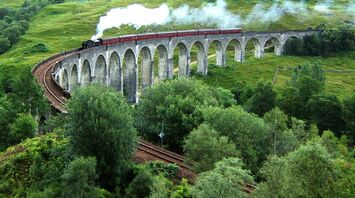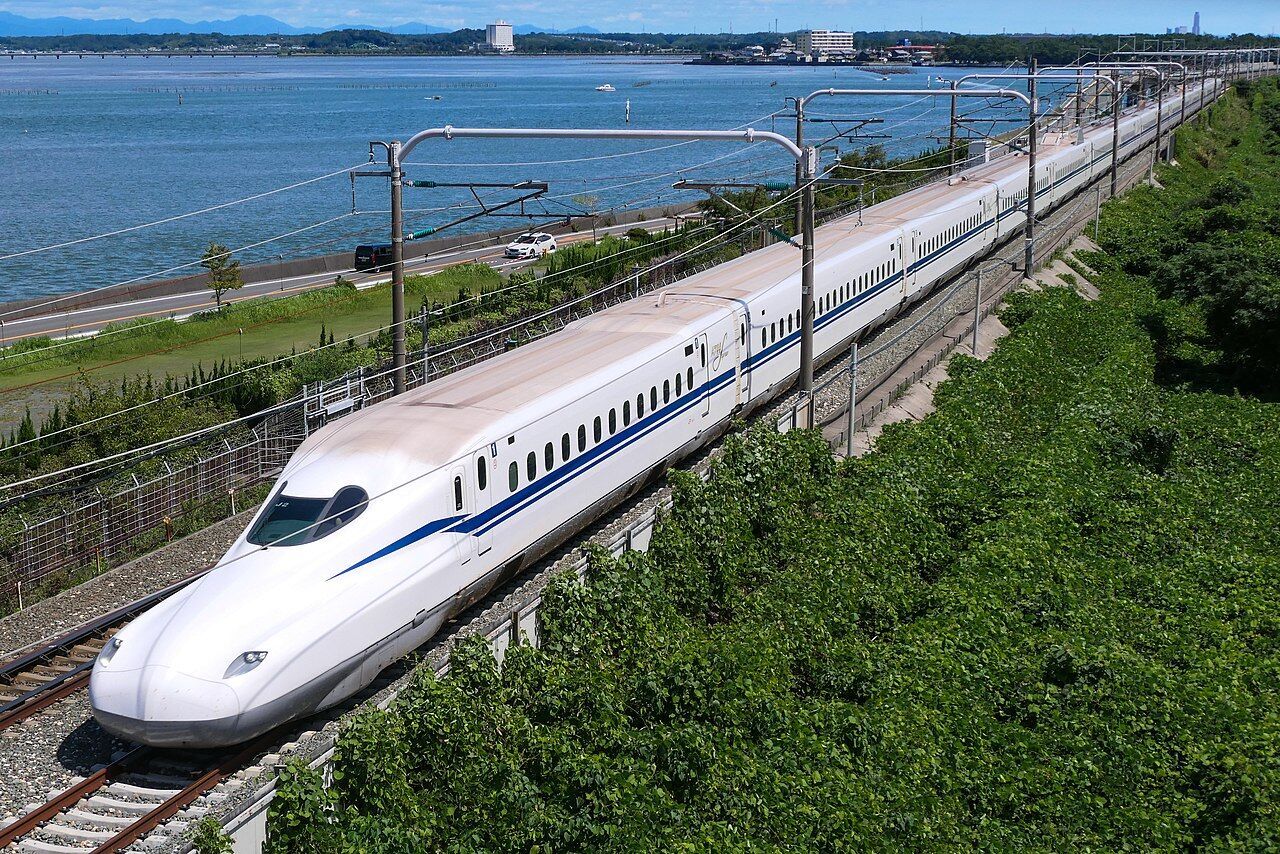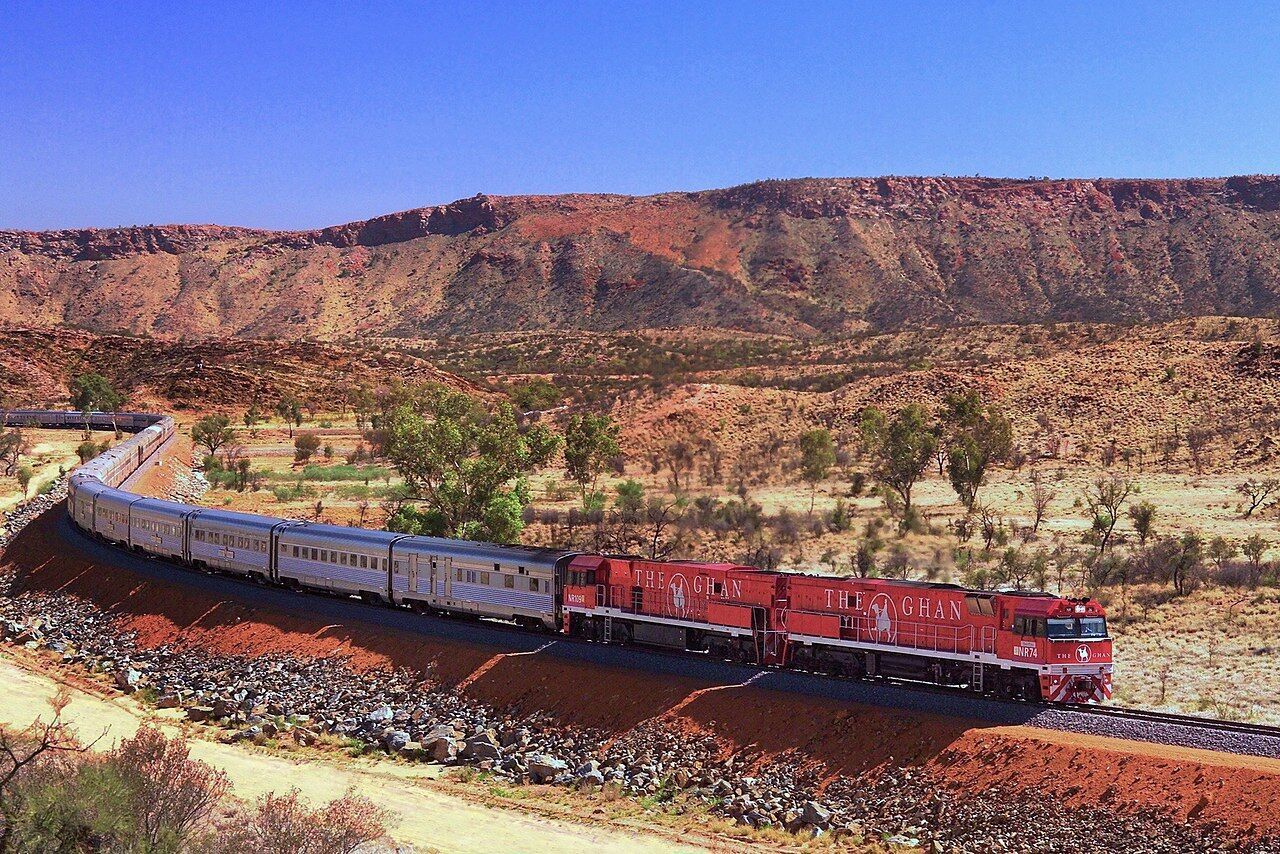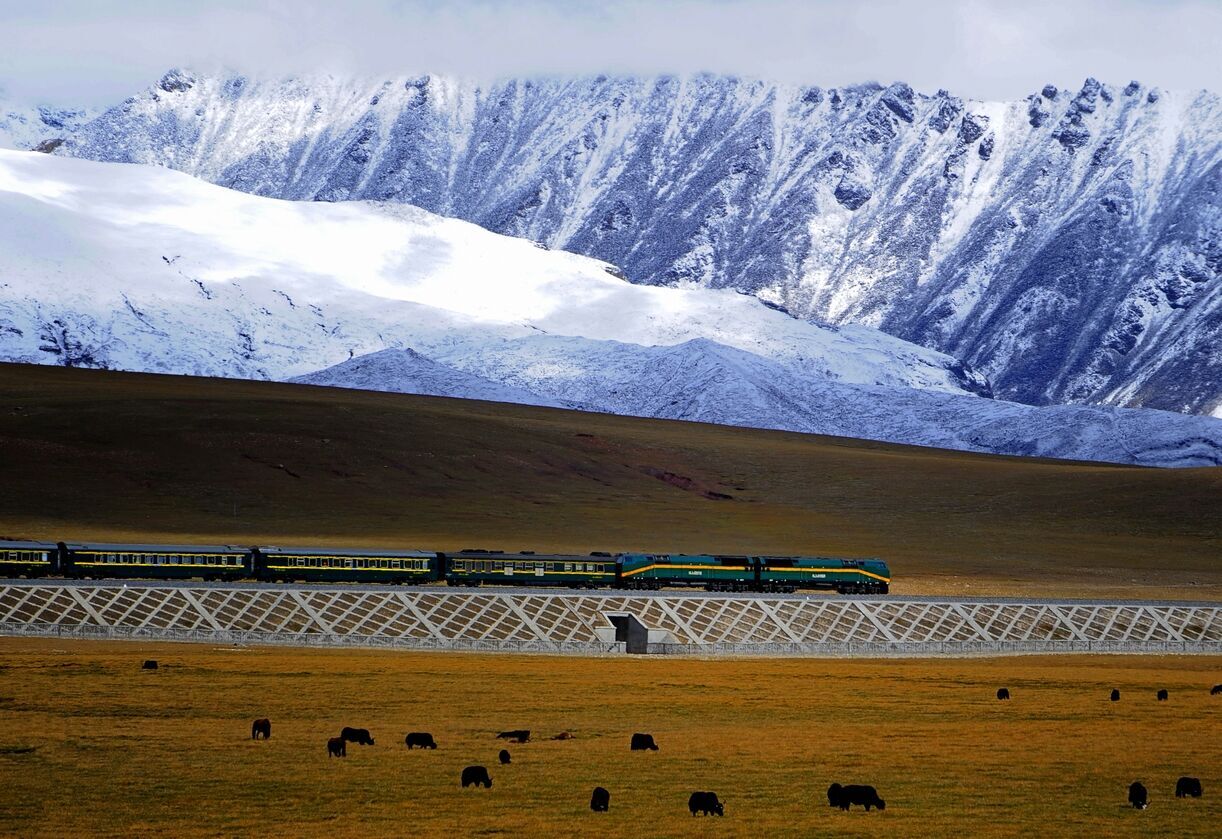From the world's tallest to the fastest: top 6 most amazing railways on the planet

Traveling by rail through mountains, plateaus, desert plains and capital cities brings a lot of positive emotions. Can you imagine traveling by train across an incredible eight time zones? Or traveling through the Tibetan highlands.
So sit back, relax, and imagine a scenic journey through the world's most amazing railroads. The BBC will tell you about each of them.
Shinkansen Tokaido line, Japan

A few days before the opening of the 1964 Olympic Games in Tokyo, Japanese Emperor Hirohito was at a different kind of opening ceremony. He was there to see the first Shinkansen (high-speed train) leave Tokyo and head to Osaka on the Tokaido Shinkansen line. Traveling at speeds of up to 210 km/h (130 mph), the train was the first high-speed railroad in the world.
The line runs through 108 km (67 miles) of tunnels and crosses more than 3,000 bridges. Today, the train departs from Tokyo to Osaka every 3 minutes during peak hours and can accommodate 1,323 passengers. The characteristic streamlined shape of the Shinkansen's nose not only increases the train's speed but also helps reduce noise pollution.
While traveling on the Tokaido Shinkansen line, passengers can see Mount Fuji. The highest mountain in Japan, this volcano is famous for its snow-capped peak and pleasantly symmetrical appearance. Together with Mount Haku and Mount Tate, it is one of the three sacred mountains in Japan. To have an unobstructed view, passengers are advised to book seats on the right side of the train when traveling from Tokyo and on the left side when traveling to Tokyo.
Trans-Siberian Railway, Russia
Can you imagine traveling on a train that crosses an incredible eight time zones? Traveling the 9,290 km (5,772 miles) from Moscow to Vladivostok in Russia, you will do just that. This is one of the longest rail journeys in the world.
Siberia is a large geographical region of Russia stretching from the Ural Mountains in the west to the Pacific Ocean in the east. In the 19th century, its population was sparse and the area was not widely explored. The Trans-Siberian Railway helped change that.
Initially, the railroad was supposed to run through the Chinese region of Manchuria. However, after the Russo-Japanese War of 1904-5, the authorities decided to leave the railroad entirely on Russian territory, even if it meant making the journey longer.
West Highland Line, Scotland
If you've seen the Harry Potter movies, you might recognize this railroad from the memorable shots of the Hogwarts Express crossing the Glenfinnan Viaduct. Rising 98 feet (30 m) above the ground and consisting of 21 arches, the viaduct is a popular spot for photographers seeking to capture the majestic Jacobite locomotive.
From the train, you can see the Scottish Highlands in all its glory. From the Silver Sands of Morar to Loch Lomond, from the rocky mountains to the heathered moorlands and all their small and remote stations. Sometimes you can even see red deer as you pass by.
Maeklong Railway, Thailand
When the Maeklong Railway trains pass through the market at Maeklong Railway Station, they pass within centimeters of passersby.
On both sides of the tracks and on top of them, vendors sell their wares at one of Thailand's largest open-air fish markets. Up to eight times a day, trains squeeze through the narrow gap. Each train is announced with a megaphone announcement and loud horns, giving vendors time to quickly fold back their awnings and move their goods, which are often stored in baskets or on shelves on wheels. Because of the folding canopies, this market is sometimes called the folding umbrella market.
You may be surprised to learn that the market predates the railroad line, appearing in the early 20th century. When the railroad was built through it, the market simply did not move.
The Ghan, Australia

This train, originally known as the Afghan Express, travels 2979 km between the southern city of Adelaide and the northern coastal city of Darwin, crossing Australia's famous Red Centre. Built in phases over decades, the first flight along the full length of the track took place in 2004.
The Ghan is the world's longest passenger train, stretching 1.1 km (0.7 miles). Mostly tourist passengers spend two to three nights on the train, with the opportunity to get off and explore towns such as Alice Springs (near the famous Uluru sandstone cliff) and Katherine.
Highlights along the way include the underground Serbian Orthodox Church in Manguri and the Iron Man sculpture north of Kulgera, which was created to commemorate the laying of the millionth railroad sleeper and the workers who worked to build this epic railroad.
In 2018, almost half a million Australians watched the soft three-hour documentary without commercial breaks, showing stunning views from the driver's seat. The film was so popular that a 17-hour version was later released.
Qinghai-Tibet Railway, China

Built to connect the Tibetan capital Lhasa with Qinghai Province, this railway is the highest in the world. It is an impressive piece of engineering, built in an earthquake-prone area, complicated by melting ice and permafrost.
At the highest point of the line, at 5,072 meters, engineers faced several challenges to make the trains safe for passengers. At this altitude, the oxygen level in the atmosphere is noticeably lower and can cause breathing difficulties for those on board.
To help, the oxygen level in each train car is carefully monitored and additional oxygen is pumped in when needed. To protect against strong ultraviolet radiation, the windows are coated with UV protection.
As the train passes through the Tibetan Plateau, passengers are treated to incredible views of Qinghai Lake (the largest lake in China), the Kunlun Mountain Range, and the Hoh-Xil Nature Reserve. No wonder this region is often called the "roof of the world".



















